Nitin Singhania Summary: Indian Music- 2 | History for UPSC CSE PDF Download
| Table of contents |

|
| Introduction |

|
| Indian Musicology |

|
| Musical Texts and Traditions |

|
| Anatomy of Indian Music |

|
| Musical Concepts in Indian Classical Music |

|
Introduction
Music holds a significant place in Indian culture, reflecting a deep tradition of musical innovation. According to ancient stories, the sage Narada Muni was the first to teach music to the world, introducing the concept of Nada Brahma , the universal sound.
Archaeological evidence shows the existence of a seven-holed flute from the Indus Valley Civilization and the Ravanahatha, an old instrument possibly from Sri Lanka, which is considered one of the earliest musical instruments. Around 2000 years ago, during the Vedic period, texts on music were written. The Sama Veda mentioned all seven notes of the raga Kharaharapriya. The Gandharva Veda , related to the Sama Veda, focused on the science of music. Other texts like the Aitareya Aranyaka and the Jaiminiya Brahmana discussed aspects of musical instruments and the connection between dance and music. Some experts believe that the sound "Om" is the foundation of all music. In the 4th century BC, Panini recognized the art of making music, but the first detailed musical theory is found in Bharata's Natyashastra, written between 200 BC and 200 AD. The evolution of Indian music is deeply intertwined with its religious origins and cultural narratives.
Religious Roots and Narrative Music
- The belief in the spiritual nature of music is a key reason for its strong link to religious activities in India. During the later Vedic period, ritualistic music like Sangama was performed at religious sites to create a sacred atmosphere and connect with the divine.
- Jatigan: This style of narrative music played a crucial role in enhancing the storytelling of epics. With its unique melodic patterns and expressive features, Jatigan made stories more engaging and emotionally resonant, contributing to the cultural practice of blending music with storytelling.
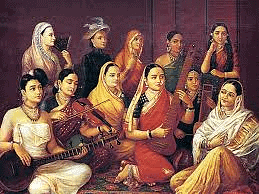
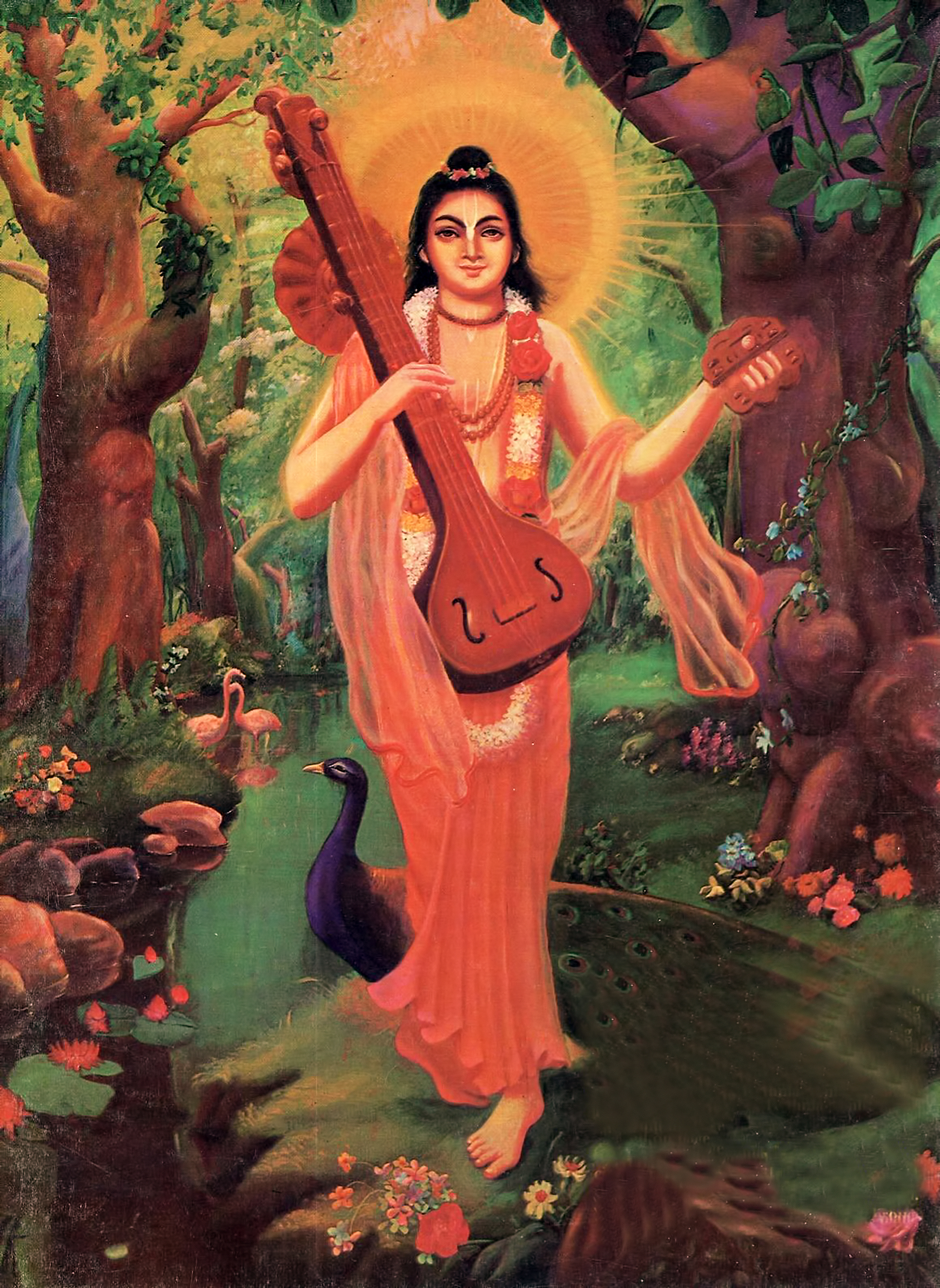
Indian Musicology
- Bharata's Natyashastra: This ancient text not only laid out the theoretical aspects of music but also served as a practical guide for musicians. It recognized the octave and described its 22 keys, called shrutis , establishing a clear framework for understanding and creating music. This work has been crucial in shaping India's rich and diverse musical traditions and continues to influence Indian music today.
- Dattilam: Dattilam's contributions reinforced the idea of 22 shrutis within an octave, emphasizing the significance of these microtonal intervals. This knowledge was vital for musicians to achieve precise tuning, allowing for harmonious performances.
- Sarangadeva and Sangeet Ratnakara: In the 13th century, Sarangadeva's Sangeet Ratnakara built upon the concept of 22 shrutis , deepening the understanding of Indian music. This text outlined approximately 264 ragas and delved into the notion of 'microtones,' highlighting the complexity of Indian classical music.
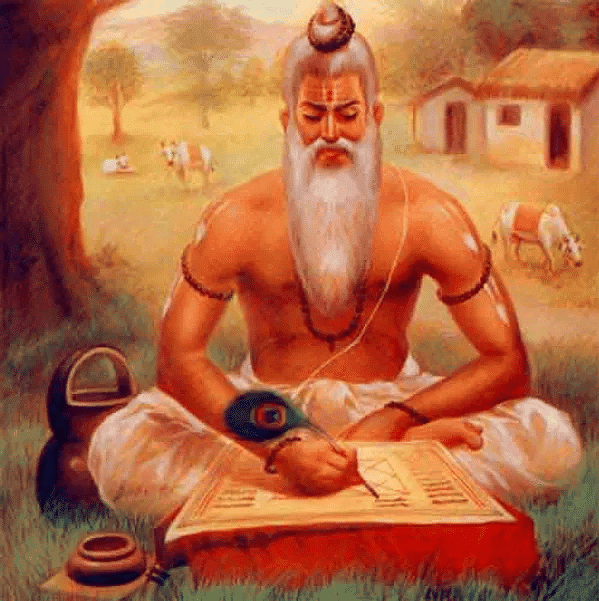
Musical Texts and Traditions
- Later Texts: Follow-up works such as Brihaddeshi and Swaramela-Kalanidhi delved into particular concepts, including the definition of 'raga' , providing more profound understanding of musical theory and practice.
- Chaturdandiprakashika: Written by Venkatamakhin in the 17th century, this text offered essential insights into Carnatic musicology , facilitating the regional diversity and progression of musical traditions in India.
- Gurukuls: The crucial role of the teacher-student relationship in mastering music underscores the importance of this system during ancient and early medieval periods. This method enabled immersive learning and the transmission of musical knowledge across generations.
- Influence of Persian Elements: The incorporation of Persian elements brought about changes in musical styles. This included the evolution of the devotional singing style, such as Dhruvapad , into the more structured Dhrupad style by the 15th century. The subsequent development into the Khayal style in the 17th century marked a significant shift in North Indian music.
- Folk Singing: The emergence of various folk singing styles alongside these developments reflects the rich diversity of musical expressions across different regions and communities.
- Gandharvas in Sculptures: The depiction of Gandharvas in sculptures across South Asia highlights the cultural significance of music. These celestial musicians symbolize the belief in the divine and transcendent aspects of music in Indian culture.
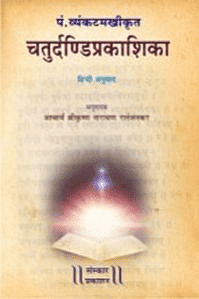
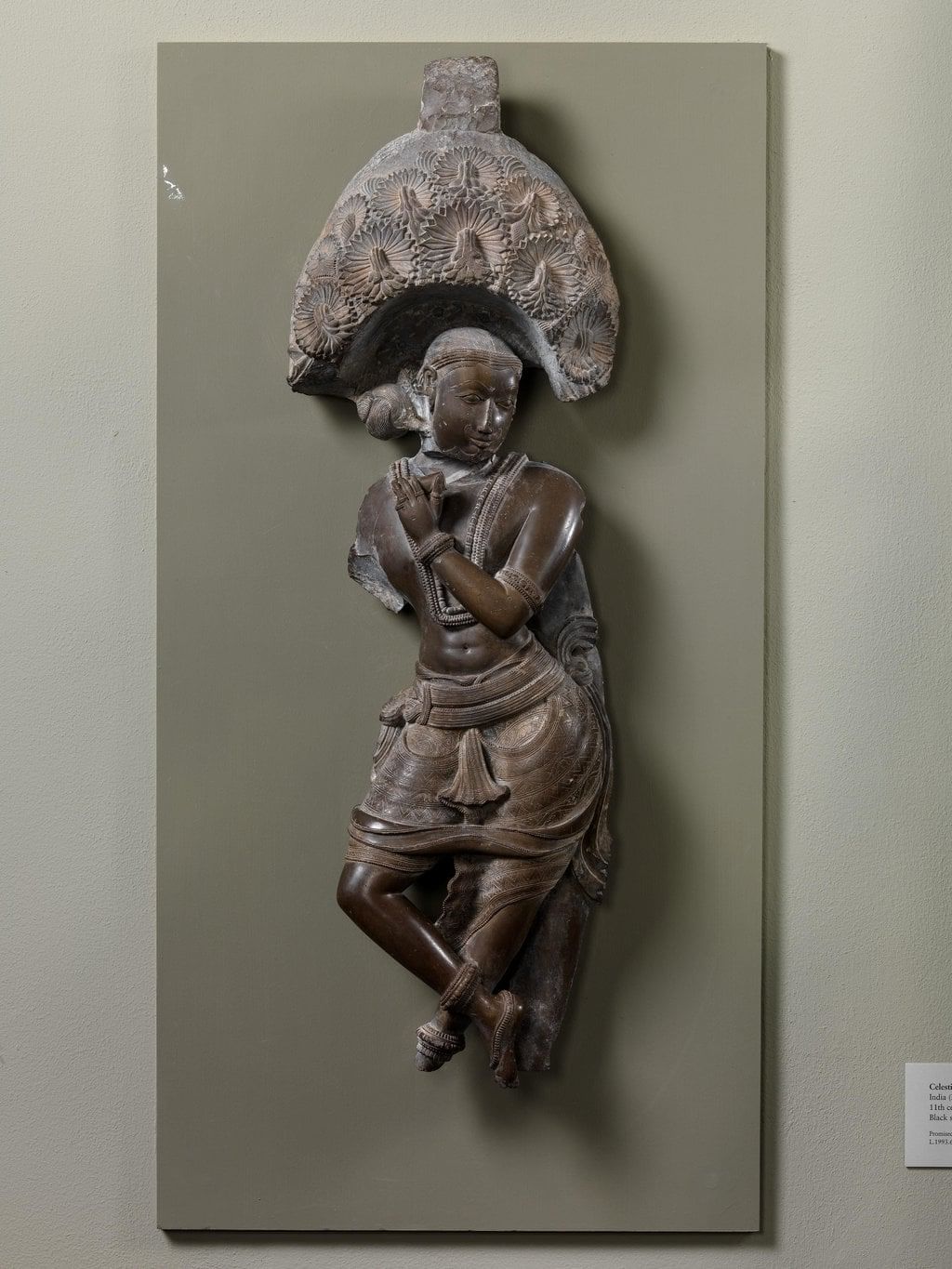
Anatomy of Indian Music
Swara
The term Swara has evolved from its ancient association with Vedic recitation to signify a musical note in compositions. Bharata's Natyashastra identifies 22 notes, but modern Hindustani music recognizes seven primary Swaras: sa, re, ga, ma, pa, dha, ni , known as Saptak or Sargam . Swaras differ from Shrutis , the latter being minute pitch variations, with only 12 of the 22 Shrutis being audible. The seven Suddha Swaras are natural notes, while the five Vikrit Swaras are modified. Swaras are foundational in Indian classical music, essential for melodies and scales, and crucial for the aesthetic of traditional compositions.
Raga
The term raga is derived from the Sanskrit word Ranj , which means delight or happiness. Ragas serve as the fundamental elements of melody in music, with tala providing the rhythmic framework. Each raga possesses a distinct melodic structure, similar to a unique personality or mood. A key feature of a raga is its foundational note. Ragas can be categorized based on the number of notes they contain:
- Audav/Odava Raga: A pentatonic raga consisting of five notes.
- Shadava Raga: A hexatonic raga with six notes.
- Sampurna Raga: A heptatonic raga comprising seven notes.
It is essential to understand that a raga is not merely a scale or mode; rather, it is a specific and aesthetically pleasing melodic form. Ragas are vital for creating the diverse and beautiful melodies characteristic of Indian classical music.
Ragas are further classified into three main types:
- Shuddha Raag: In this type of raga, the inclusion of non-original notes does not alter its fundamental character.
- Chhayalag Raag: In this type, the introduction of non-original notes significantly changes the nature of the raga.
- Sankeerna Raag: This type of raga incorporates elements from two or more different ragas.
Each raga should have a minimum of five basic notes. Within these ragas:
- Vaadi - The King: The primary note around which the raga is built, used most frequently in the composition.
- Samvaadi - The Queen: The second most important note, usually the fourth or fifth note in relation to the main raga.
- Anuvaadi - The Courtiers: All other notes in the composition that are not vaadi or samvaadi.
- Vivadi - The Dissenters: Notes that are not included in the composition.
The ascent of notes, where each note is higher than the previous one (sa re ga ma pa dha ni), is known as aroha . The descent of notes, where each note is lower than the last (ni, dha, pa, ma, ga re sa), is termed avaroha . Depending on the speed of ascent and descent, ragas can be categorized into three speeds or laya : Vilambit (slow), Madhya (medium), and Drut (fast). While Carnatic music features 72 parent scales (melas) for ragas, Hindustani music has numerous ragas, some of which are performed more frequently than others. Each raga is associated with specific times and seasons, evoking various emotions.
Tala/Taal
In Indian classical music, rhythmic groupings of beats are known as tala . Tala cycles can vary from 3 to 108 beats, segmenting musical time into simple and complex meters. The concept of tala is unique as it operates independently of the accompanying music and has its own divisions. The tempo that ensures consistency in the time span is referred to as laya .
Hindustani Music
There are over 100 talas, but only about 30 are well known, with 10 to 12 commonly used. Examples of recognized talas include dadra, kaharba, rupak, ektal, jhaptal, teen-tal, and chautal . Teen-tal , consisting of 16 beats, is often used by composers.
Carnatic Music
Carnatic music features a stricter structure compared to Hindustani music. Tala in Carnatic music comprises three components: laghu , dhrutam , and anu dhrutam . There are 35 original thalas in Carnatic music, each of which can be divided into five ghaatis , resulting in 175 thalas. A well-known thala in Carnatic music is aditala .
Thaat
In Hindustani classical music , the Thaat system is utilized to categorize ragas into distinct groups. Currently, there are 10 recognized thaats. Pandit Vishnu Narayan Bhatkhande, a prominent musicologist in North Indian classical music (1860-1936), proposed that traditional ragas are based on or variations of these 10 fundamental thaats or musical scales.
Thaat Characteristics
Each thaat comprises seven notes selected from the available 12 (seven Suddha Swaras and five Vikrit Swaras ). The notes are arranged in ascending order. A thaat is exclusively sung in aarohi as the notes are structured in an ascending manner.
Ten Thaats
The ten thaats in this classification are Bilawal , Khamaj , Kafi , Asavari , Bhairavi , Bhairav , Kalyan , Marwa , Poorvi , and Todi .
Circle of 10 thaats
The thaat itself does not convey emotions; rather, it functions as a blueprint or framework. The emotional qualities are linked to the ragas derived from the thaat, and it is these ragas that are performed.
Role of Thaat
The thaat serves as the foundational structure for ragas, guiding their composition and arrangement. It acts as a framework for creating and comprehending the rich variety of ragas in Hindustani classical music.
Semi-classical music
Semi-classical music adheres to the fundamental notes ( swara ) similar to traditional classical music, yet exhibits certain distinctions. It incorporates lighter variations of ragas such as Bhoopali or Malkaush. The rhythm ( tala ) is also more relaxed, and the tempo is quicker, particularly utilizing madhyam or dhrut laya . Additionally, there is a technique known as jor-jhala . Notable semi-classical styles encompass thumri , Tappa , and ghazal . These styles prioritise the expression of emotions ( bhava ) and the lyrics over intricate musical improvisations ( alap ).
Thumri
Thumri is a musical style that originates from Uttar Pradesh, India. It is part of semi-classical music and often based on simple ragas. Thumri compositions can be romantic or devotional, influenced by the Bhakti movement , expressing love for Krishna. The language used in thumri is usually Hindi in the Braj Bhasha dialect. These songs are often performed by women, giving thumri a unique sensual quality. Thumri allows for improvisation during performances, providing flexibility with ragas. The term "Thumri" is also used generally for even lighter forms like Dadra, Hori, Kajari, Saavan, Jhoola, and Chaiti. Thumri is closely linked to the classical dance form Kathak . The main Gharanas (schools) of thumri are based in Varanasi and Lucknow. Begum Akhtar is a notable figure in thumri, recognised for her husky voice and wide singing range. Other prominent thumri artists include Girija Devi and Chhannulal Mishra , representing the Purab Ang Thumri style.
Tappa
Tappa is a distinctive musical style known for its rhythmic emphasis, featuring fast, subtle, and intricate constructions in compositions. Its origins can be traced back to the folk songs of camel riders in northwest India. Tappa gained recognition as a semi-classical vocal form at the Mughal court of Emperor Muhammad Shah. Compositions in Tappa involve quick turns of phrases, which contribute to its unique character. Tappa was appreciated by both the elite and more modest individuals. The 'baithaki' style of Tappa developed with support from the elite in the late 19th and early 20th centuries, often in their assembly halls ('baithak khanas') and entertainment venues ('jalsaghar'). Unfortunately, Tappa is at risk of extinction today, as it is seldom practiced by musicians. Some of the few artists preserving the Tappa style include Laxmanrao Pandit from the Gwalior Gharana and Shanno Khurana from the Rampur-Sahaswan Gharana.
Ghazal
A ghazal is a short poem made up of rhyming couplets, known as Bayt or sher . Typically, ghazals consist of 7 to 12 couplets, which do not necessarily share a common theme. It originated in Iran in the 10th century and spread to South Asia in the 12th century due to the influence of Sufi mystics and Islamic sultanate courts, reaching its peak during the Mughal period. Amir Khusrau , from around 1253-1325 AD, is recognised as one of the early promoters of the ghazal art in India. Many historical ghazal poets were Sufis or sympathetic to Sufi ideas and beliefs. Ghazals follow a specific structure and traditionally focus on a single subject: love, often portrayed as an unconditional and superior form. The object of love is often presented in a way that allows for interpretation, whether seen as divine or human, depending on the listener's perspective. Sometimes, gods are personified in ghazals. Over time, ghazals have become more accessible to a broader audience worldwide, with some simplification in language and phrasing. Nowadays, most ghazals are sung in various styles beyond classical genres like khyal and thumri. Renowned performers associated with ghazal include Muhammad Iqbal , Mirza Ghalib , Kazi Nazrul Islam (who introduced ghazals in Bengali), and others.
Important Books/Treatise on Indian Music
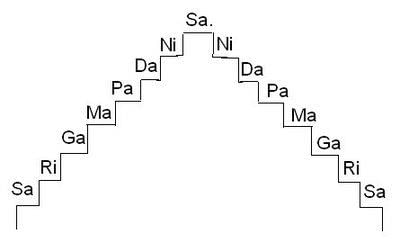
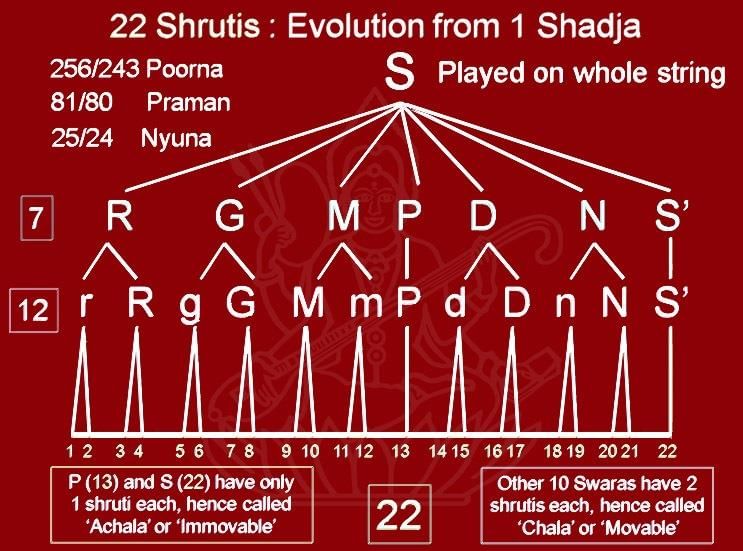
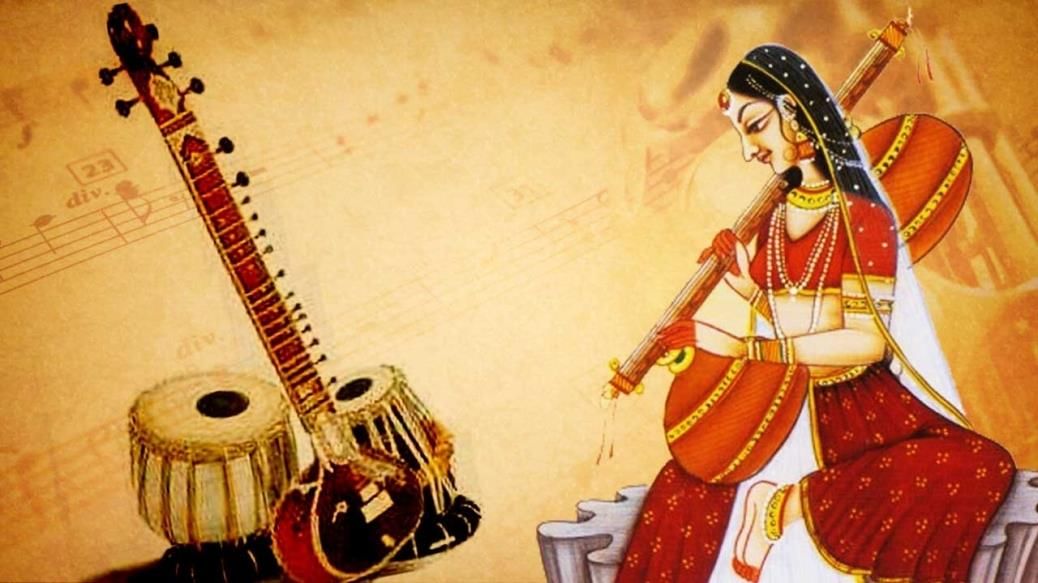
Musical Concepts in Indian Classical Music
- Samvaadi - The Queen Note: This is the next important note, typically the fourth or fifth note in relation to the main raga.
- Anuvaadi - The Courtiers: All the notes in the composition, except for the vaadi and samvaadi, are called anuvaadi.
- Vivadi - The Dissenters: Notes that are not included in the composition are referred to as vivadi.
Carnatic music has 72 parent scales (melas) for ragas, while Hindustani music is based on various ragas specific to certain times and seasons, each evoking distinct emotions.
Talas in Indian Music
- There are said to be over 100 talas, but only about 30 are recognized, with 10 to 12 being commonly used.
- Well-known talas include dadra , kaharba , rupak , ektal , jhaptal , teen-tal , and chautal .
- Teen-tal , consisting of 16 beats, is frequently used by music composers.
- Pandit Vishnu Narayan Bhatkhande : A key musicologist in North Indian classical music (1860-1936), he proposed that traditional ragas are variations of 10 basic thaats or musical scales.

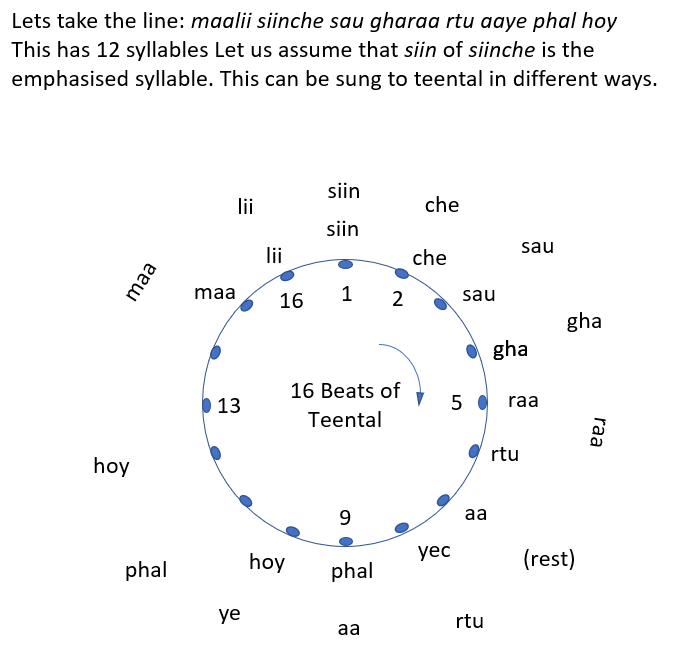

Ten Thaats: The 10 thaats in the classification are Bilawal, Khamaj, Kafi, Asavari, Bhairavi, Bhairav, Kalyan, Marwa, Poorvi, and Todi. Circle of 10 thaats

- The Thaat, on its own, doesn't convey emotions; rather, it acts like a blueprint or structure. Emotional qualities are attributed to the ragas produced from the thaat, and it is these ragas that are sung.
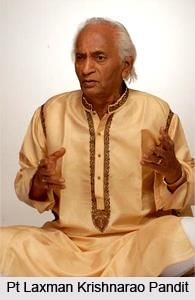
GhazalA ghazal is a short poem made up of rhyming couplets, known as Bayt or sher. Typically, ghazals consist of 7 to 12 of these couplets, but they don't necessarily have to share a common theme.GhazalIt originated in Iran in the 10th century and spread to South Asia in the 12th century due to the influence of Sufi mystics and the Islamic sultanate courts, reaching its peak during the Mughal period.Amir Khusrau, around 1253-1325 AD, is credited as one of the early promoters of the art of ghazal in India. Many historical ghazal poets were either Sufis or sympathetic to Sufi ideas and beliefs.Ghazal follows a specific form and traditionally focuses on a single subject: love, often an unconditional and superior form. The object of love is often written in a way that allows interpretation, whether it's seen as divine or human, depending on the listener's understanding. Gods are also sometimes personified in ghazals. Amir KhusrauOver time, ghazals have become more accessible to a wider audience globally, with some simplification in language and phrasing. Most ghazals are now sung in various styles beyond classical genres like khyal and thumri. Renowned performers associated with ghazal include Muhammad Iqbal, Mirza Ghalib, Kazi Nazrul Islam (who introduced ghazals in Bengali), and others.Important Books/Treatise on Indian Music
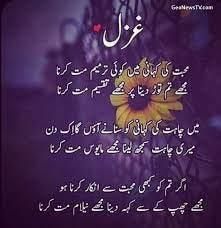
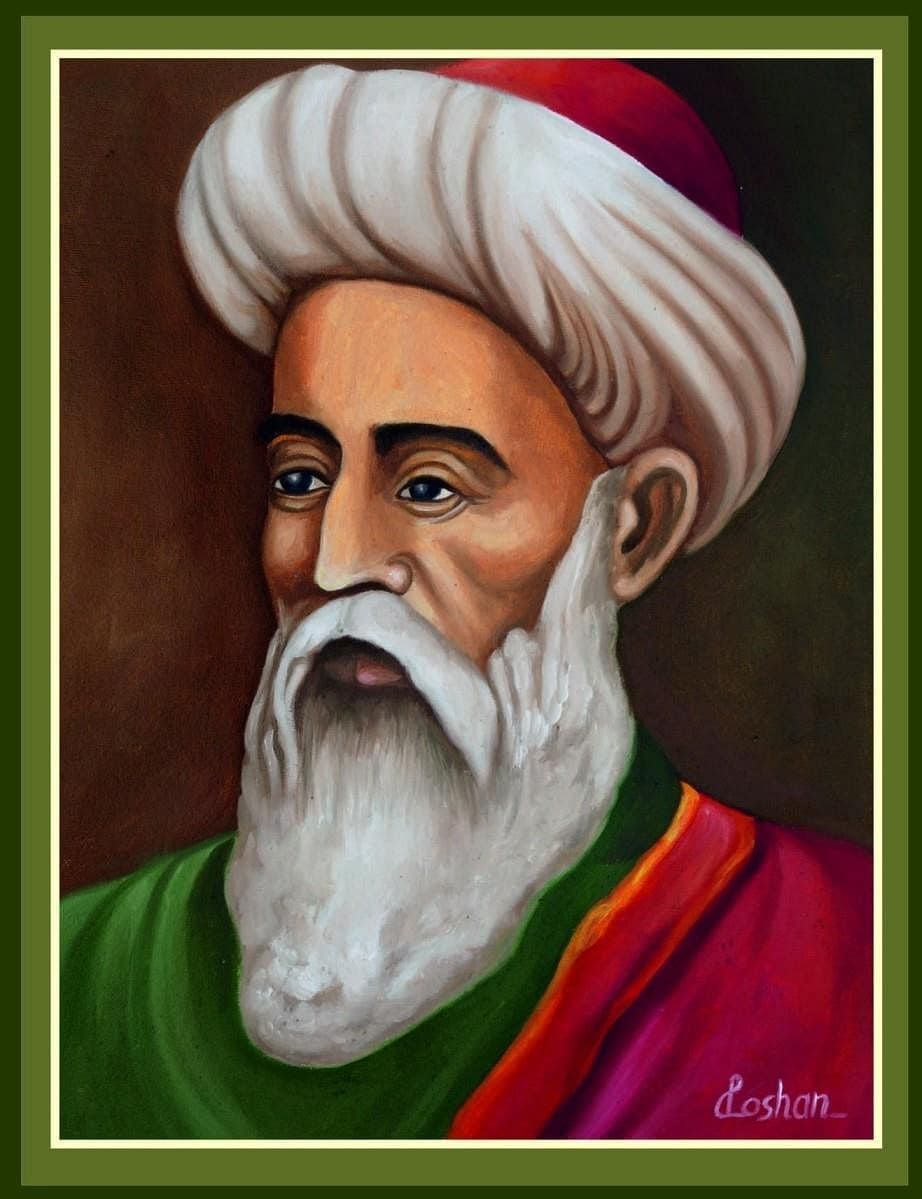
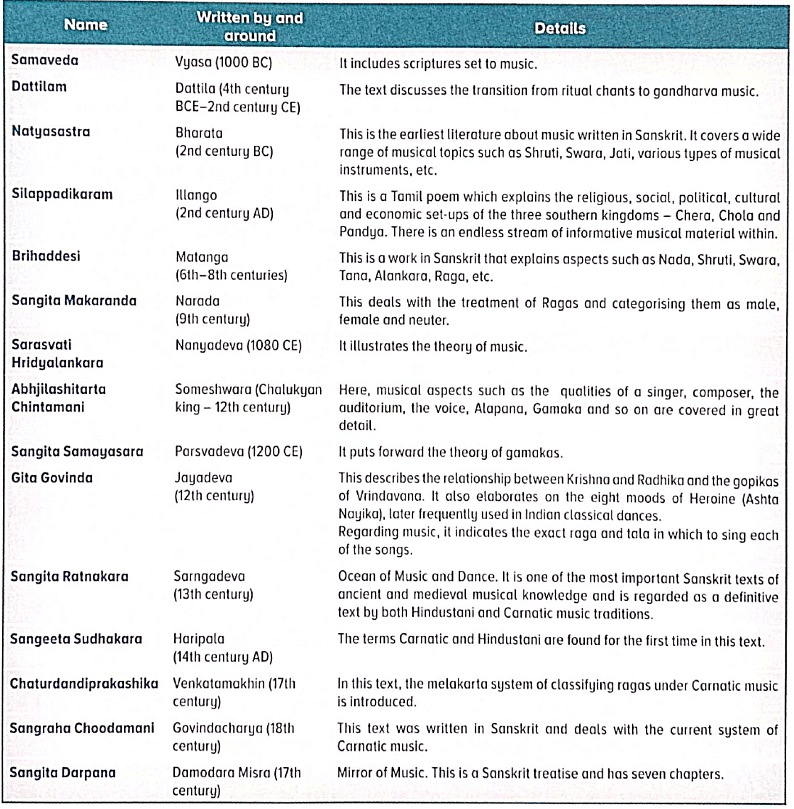
|
110 videos|653 docs|168 tests
|
FAQs on Nitin Singhania Summary: Indian Music- 2 - History for UPSC CSE
| 1. What is the history of Indian music? |  |
| 2. What is the anatomy of Indian music? |  |
| 3. What is semi-classical music in Indian music? |  |
| 4. What is Thumri in Indian music? |  |
| 5. What is Tappa in Indian music? |  |




















